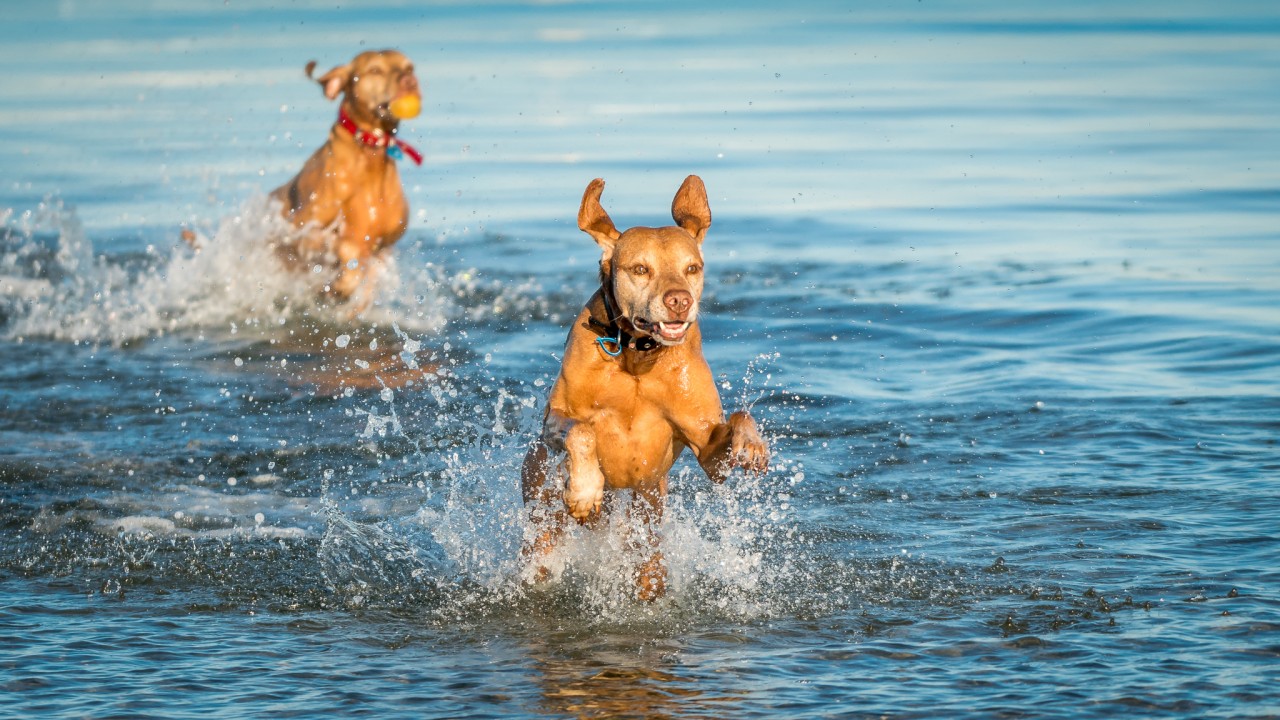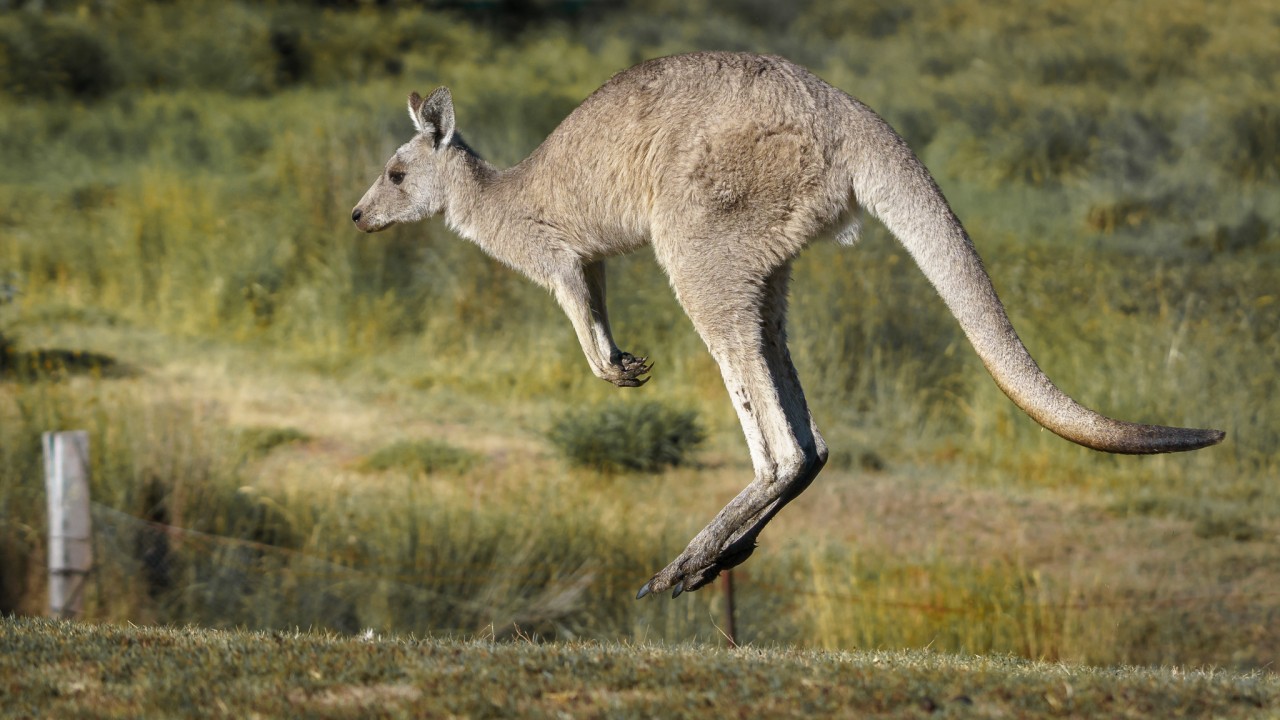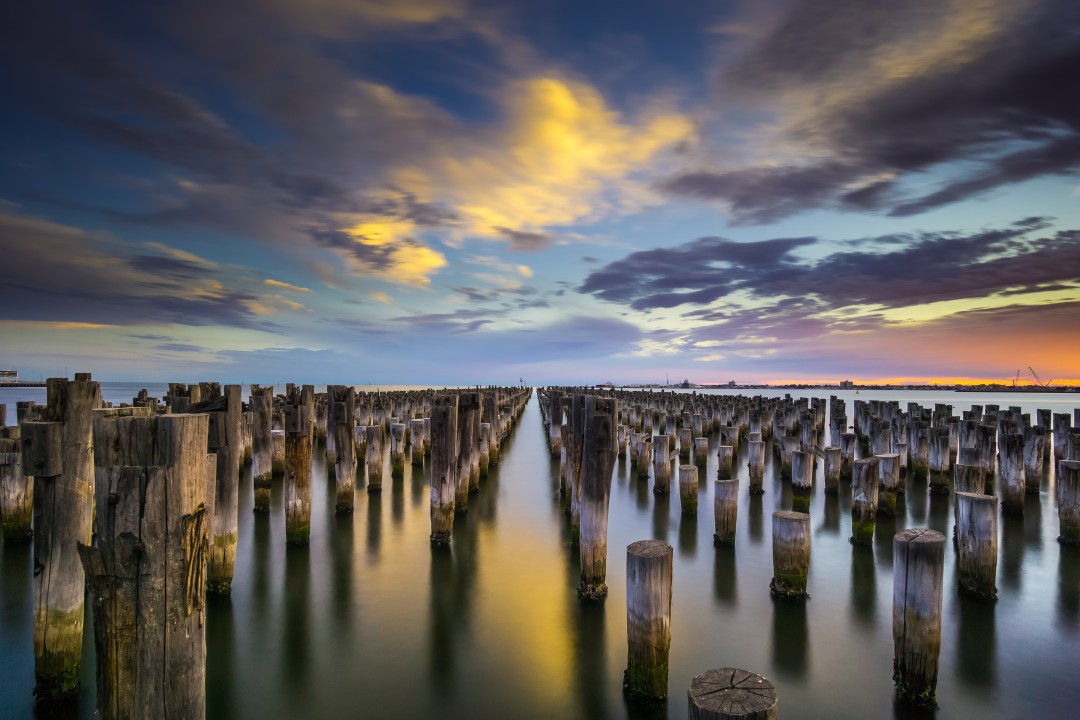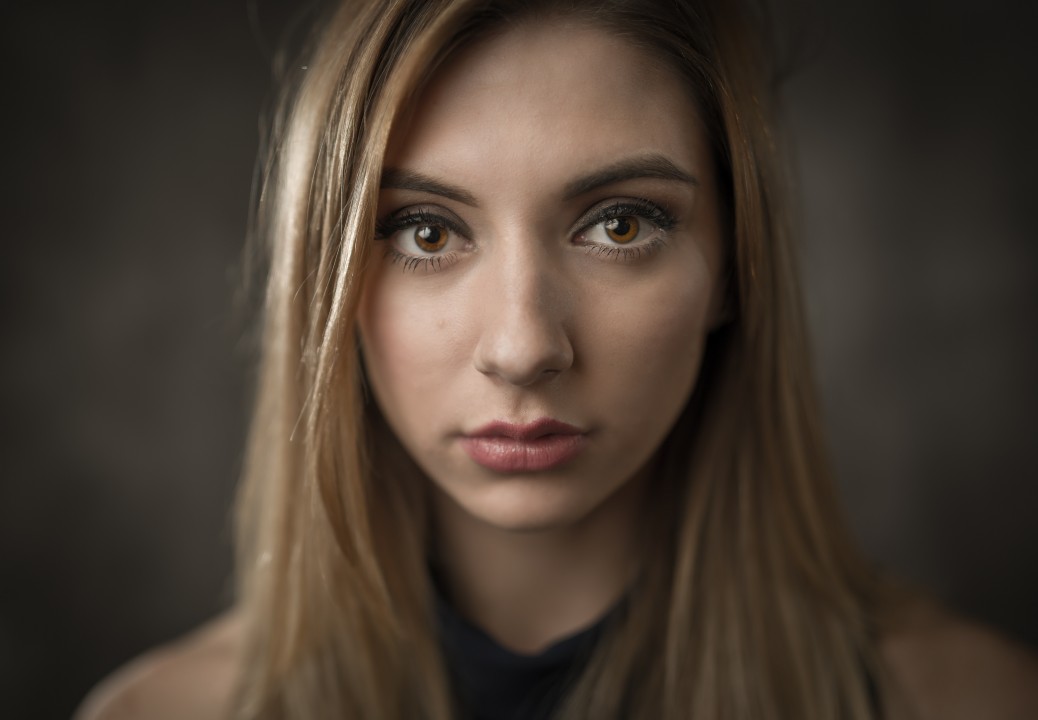Blog, Capture, E-Mount Cameras, Learn, Tips and Techniques
Capture: Become an Enlightened Alpha photographer
Become an ‘enlightened’ Alpha user and raise your awareness to some of the lesser know features so that you can spread the wisdom.
There are a few camera operations and features that many Sony Alpha users are unaware of. It is understandable because Sony are not great about shouting about some of these lesser know features. Camera stores would probably lose some prospective buyers by talking about ‘bit depth’ and ‘phase detect AF’ to a ‘wet-behind-the-ears’ camera rookie. Some of these less well known or more ‘idiosyncratic’ features are then picked up ‘along the road of discovery’. It is important to note that some of these features are not ‘exclusive’ to Sony cameras, i.e. they may be shared by other Mirrorless cameras and some DSLRs as well.
Here they are in no particular order:

- Phase Detect AF (PD-AF)* is disabled on E-Mount cameras when the aperture is closed smaller than f/8, e.g. f/11. For sports and wildlife shooting keep the Aperture at f/8 or wider.
- The original A7R, A7S and A7SII cameras have no Phase Detect AF and the NEX-7 pre-dates Phase Detect AF which arrived in the Sony mirrorless cameras in 2012. It has only just made its debut appearance with the RX100 in its fifth release (RX100 V).
- The Lock-On AF options have been grouped with the Focus Area settings on recent model Alpha cameras but is still separated in different menus on slightly older cameras (the features are still separated in the A7II menus). If the options on your camera are still separated you will need to choose the Area of Focus and the Lock-On AF as separate menu items. On a recent model Alpha you would simply choose the area and lock-on option in a single Focus Area option.
*Note > Phase Detect AF is used to lock on the Autofocus and track moving objects.
See this BLOG POST to learn more about how to set up a Sony Alpha camera to shoot fast moving action
- The Live View Display > Setting Effect on E-Mount and A-Mount DSLT cameras shows the effect of the exposure settings on the resulting file, i.e. what the sensor is about to capture. If the viewfinder is dark or too light the resulting exposure will also be too light or too dark. This live view is exclusive to cameras with Electronic Viewfinders and not at all what DSLR’s see when using Optical Viewfinders (they would have to use Live View on the LCD). There are times, however, when using off-camera flash that you need to switch the Live View off – otherwise you will only see the dark studio and not your subject that has not yet been flashed). Some Radio triggers will switch the setting effect off for you, while others will not. The A6500 is the first to allow you to assign Live View Display to the Function (Fn) Menu.

- Sony’s Raw file Bit Depth drops from 14 to 12 Bits when the Drive mode is switched from Single Shooting to Continuous Shooting. Avoid using Continuous Shooting when you intend to make shadows much lighter in post-production, e.g. extensive editing of files captured when the Subject Brightness Range is high to extreme.
- Sony’s Raw file Bit Depth drops from 14 to 12 Bits when choosing the Cont. Bracket Drive Mode. Use the Single Shooting Bracket mode and a remote release if you intend to edit the tonal value of the shadows later.
- The Bit depth drops from 14 to 12 Bits when using some of Sony’s in-camera Apps.
- The Bit Depth drops from 14 to 12 when using Silent Shooting Mode.
- Avoid using Silent Shooting mode in conjunction with Fluorescent Lights otherwise your images will most likely appear to have stripes due to the AC frequency.
- Different AC frequencies in the USA and the rest of the world is why US model cameras have different frame rates (30 and 60 frames per second instead of 25 and 50). Be careful shooting movies if your travel overseas with your camera and intend to shoot movies. Only a handful of countries share the 60 Hz frequency that the USA uses.
- Dynamic Range Optimiser, Creative Styles, Picture Profiles and Color Space are camera settings that don’t have any effect on your Raw files, so feel free to stop playing with them if you only capture stills. White Balance is only used as an ‘As Shot’ reference and can be completely overridden in post. These settings will, however, change the LCD and EVF view in the camera and will modify the visual appearance of the movie files you capture.

- Sony’s Raw file Bit Depth drops from 14 to 12 Bits when the shutter speed is set to BULB. You will capture a file that lends itself to more aggressive post production editing if you capture it using a shutter speed of 30 seconds rather than one minute.
- BULB mode disappears from the Shutter Speed settings when Continuous Shooting is selected.
- BULB mode disappears from the Shutter Speed settings when Silent Shooting is selected.
See this BLOG POST to learn more about the great disappearing BULB mode

- Some native E-Mount lenses will focus at a wider aperture than the one selected. Many E-Mount lenses, however, focus at the selected aperture to prevent ‘Focus Shift’ and Reduce Shutter Lag’ as the lens stops down. This can make focussing in low light problematic on some lenses. It would be useful if lens reviews noted this design feature – so you know what to expect. Test your current lenses by stopping down to f/8 and then look at the lens aperture when you half-press the shutter release. If the aperture opens momentarily it is focussing at a wider aperture. My FE55F18 and FE35F28 primes both open the aperture to focus while the FE70200F28 does not.

- The USB port on all Alpha cameras is USB-2. Connect the card to a USB-3 card reader for much faster image downloads.
- The Memory recall on the Shooting Mode dial can only recall saved settings. You cannot save settings to recall unless you first go into the the actual Memory found in the menus. See this blog post to learn how to set up Memory Recall.

- The S-Log 2 Picture Profile (for recording movies) needs a whole new approach to ‘appropriate’ exposure, so unless you want to do some homework use PP6 instead when filming in situations where the subject contrast is high. See this blog post to learn how to use picture profiles when shooting movies.
- Unless you have set up your Shooting Mode for movie capture in the Menus, pressing the movie button will always shoot the movie in Program Mode (it doesn’t matter what other Shooting Mode you currently have selected). Adding Shoot Mode to the Function Menu will allow you to be able to switch between Shooting Modes quickly when capturing movies, e.g. changing between Shutter Priority, Manual or Program exposure Modes.
- In the High Frame Rate options available on some recent Alpha and Cybershop cameras the 500fps and 1,000fps options (480 and 960 in the USA) shoot movie files smaller than 1080p and then interpolate them larger. Choose the 250fps options if you value quality over speed).
One of the creative topics of my one-on-one training sessions and workshops is how to set up the camera for a range of shooting scenarios, including portraiture.
